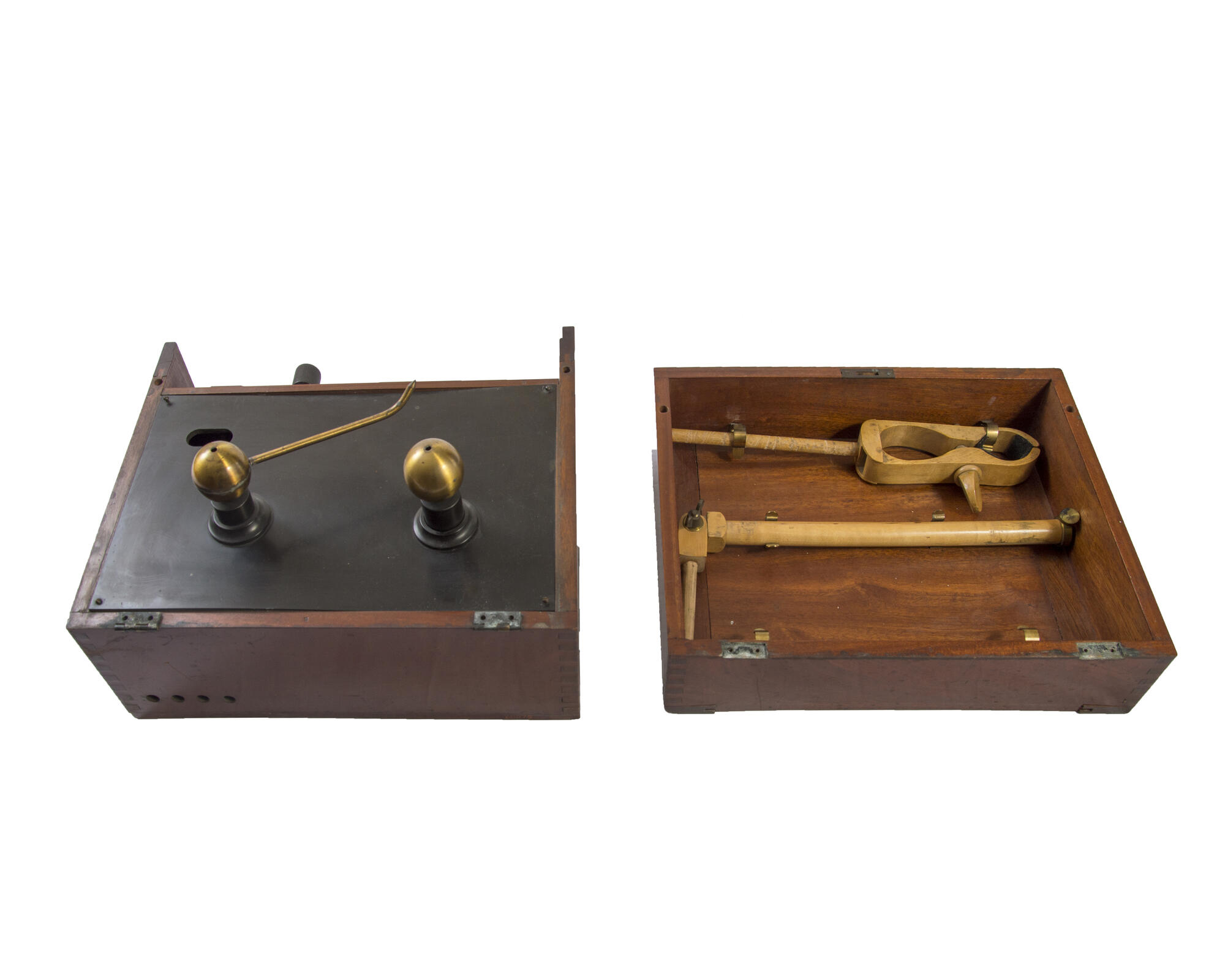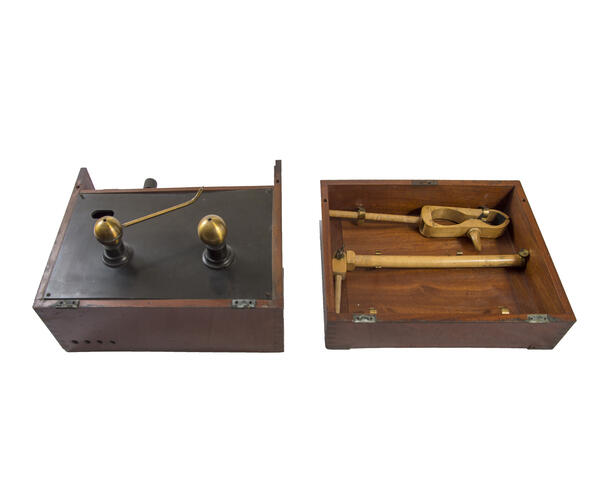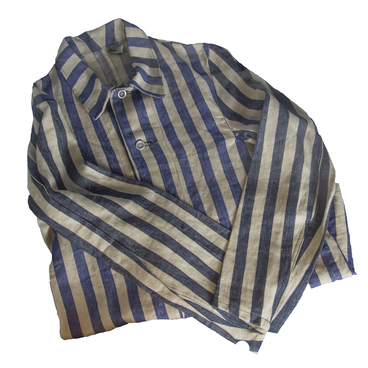The collection of the Military Medical Museum contains one of the first portable X-ray machines, which was used in the Russian Navy in the early 20th century. The exhibit entered the museum in May 1948 from the Naval Hospital, where it had been used since 1902.
A similar X-ray machine, consisting of a control panel, two ray tubes, a screen and a tripod, was brought to the cruiser ‘Aurora’ just before the beginning of the Russo-Japanese War of 1904–1905. Before that, such medical equipment was not used on battleships. Skeptics argued that ‘the fragile tubes will break right after the cannon shots, and basically, this is an unnecessary luxury for the infirmary’.
In the book ‘Across Three Oceans. Reminiscences of a Doctor on a Marine Expedition in the Russo-Japanese War of 1904–1905’, Vladimir Kravchenko, the doctor of the Aurora ship, not only described the difficult long expedition of the Second Pacific Squadron of Vice Admiral Zinovy Rozhestvensky, but also spoke in detail about the doctor’s work on a battleship.
Kravchenko had to use the X-ray machine after the Battle of Tsushima, in which the Russian squadron was completely defeated by the forces of the Imperial Japanese Navy. Kravchenko provided medical care to the sailors, removed numerous shell fragments from their wounds, which injured the nerves and blood vessels. The doctor wrote that, in the first days of the expedition, everything went smoothly, “but after five days, when the wounds became inflamed, their tracts swelled and closed, the extremities became severely edematous; it made finding the shell fragments extremely difficult”. In order to facilitate and speed up the work of doctors, the X-ray machine was installed at the central dressing station of the cruiser.
Kravchenko described the radiographic procedure as follows:
Portable X-ray machine
Время создания
1902
Место создания
Warsaw, Poland
Размер
21,5x38x30 cm
Техника
machine-made
Коллекция
7
Открыть в приложении#4
Portable X-ray machine
#2
#5
The wounded were examined in various positions — standing, sitting or lying on the operating table — without removing bandages and clothes.
#6
The doctor inserted iodoform tampons into the wounds: they were not visible and made it possible to navigate in the wound tract.
A wound tract is a path left in the human body by a damaging element.
With the use of radiographs, Kravchenko found many shell fragments and fractures where he did not expect them to be. He did not have photographic plates, so he sketched the schemes of metal and bone fragments in the bodies. In total, the doctor examined 40 wounded sailors — that was the first experience of the widespread use of an X-ray machine on a battleship.
A wound tract is a path left in the human body by a damaging element.
With the use of radiographs, Kravchenko found many shell fragments and fractures where he did not expect them to be. He did not have photographic plates, so he sketched the schemes of metal and bone fragments in the bodies. In total, the doctor examined 40 wounded sailors — that was the first experience of the widespread use of an X-ray machine on a battleship.
#3
Ministry of Culture of the Russian Federation
читать дальшескрыть
00:00
00:00
1x
Portable X-ray machine
Время создания
1902
Место создания
Warsaw, Poland
Размер
21,5x38x30 cm
Техника
machine-made
Коллекция
7
Открыть в приложении
Поделиться



